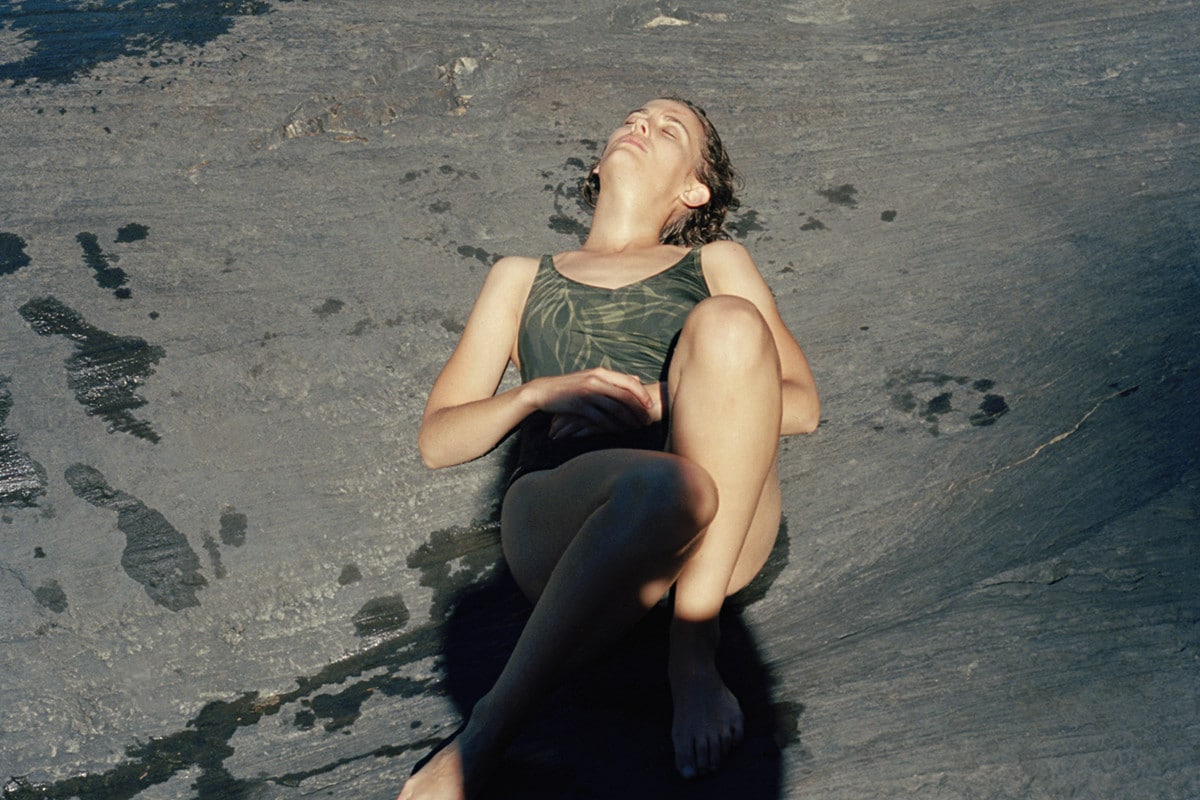After Mark Sommerfeld and his girlfriend, Heather English, split up, the photographer took an ambitious approach to working things out. He asked his ex to work with him on a photography show exploring the end of their relationship.
Much of Sommerfeld’s photography is autobiographical, capturing his friends in intimate moments or charting the scenery of his daily life. When he’s not toting around a Contax G2, Hasselblad 503cx, or another 35mm camera, he’s shooting with his iPhone. Whether digital or analog, Sommerfeld’s photos have an immediate quality that shows his talent for capturing candid images on the fly. Although his personal photo work tends to have an intimate feeling, the collaboration with his ex is his most personal yet.
“I’m not going to lie, it’s been challenging,” he says, laughing. “Sometimes I think, ‘Why the hell would I choose to do this?’” Titled We With Images to Give, the project documents a camping trip Sommerfeld and his girlfriend took together shortly before they split. Multimedia work by English is paired with Sommerfeld’s photos of their time in northern Michigan, with candid portraits contrasted against landscape shots. The result is a close-up look at the dissolution of their relationship, as well as a revealing exploration of the way photography mediates all of our relationships.
We met up with Sommerfeld in Toronto to talk about his unusual, naturalistic photography, the virtues of shooting on an iPhone, and, of course, what it’s like to collaborate on such a personal project with your ex.
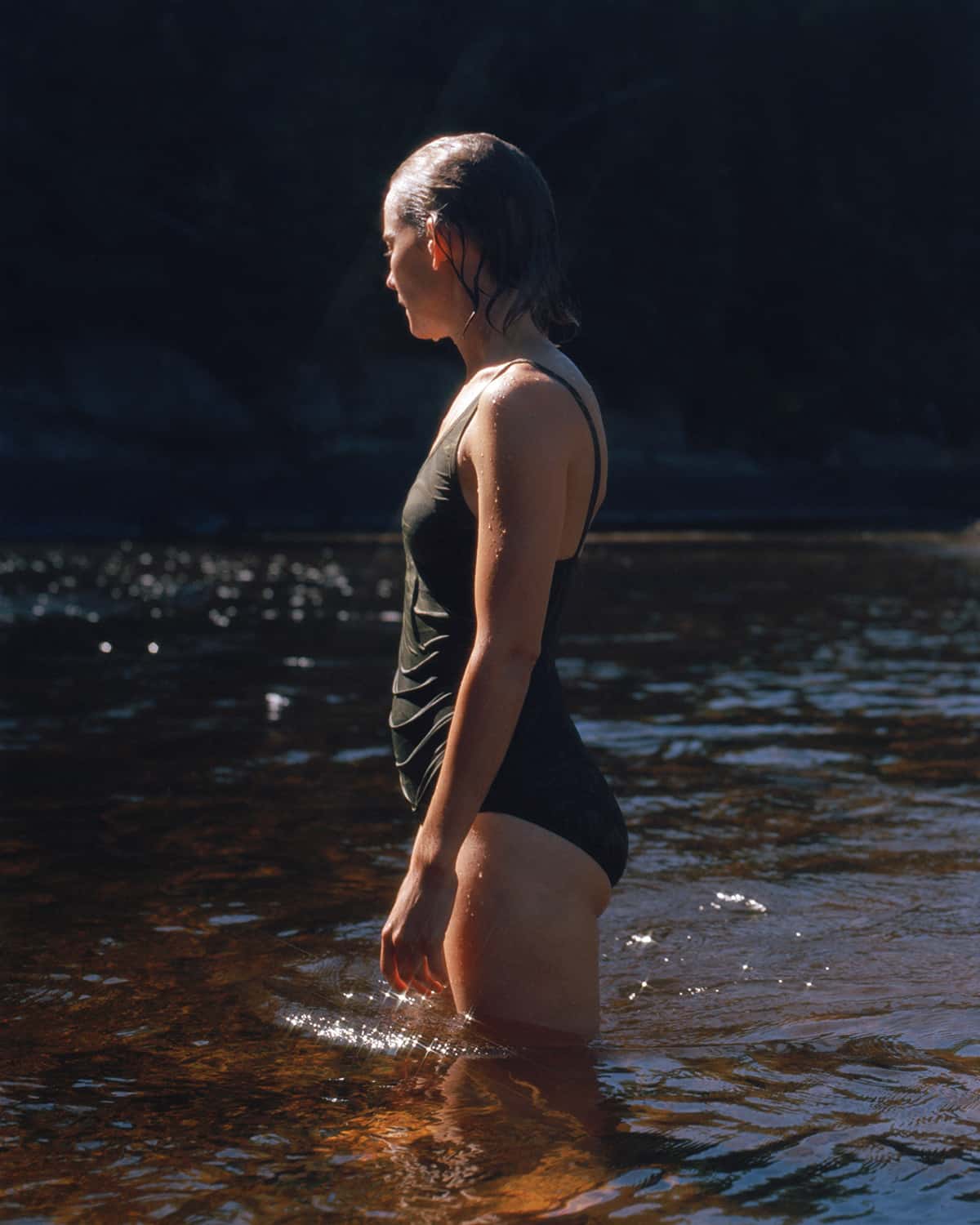
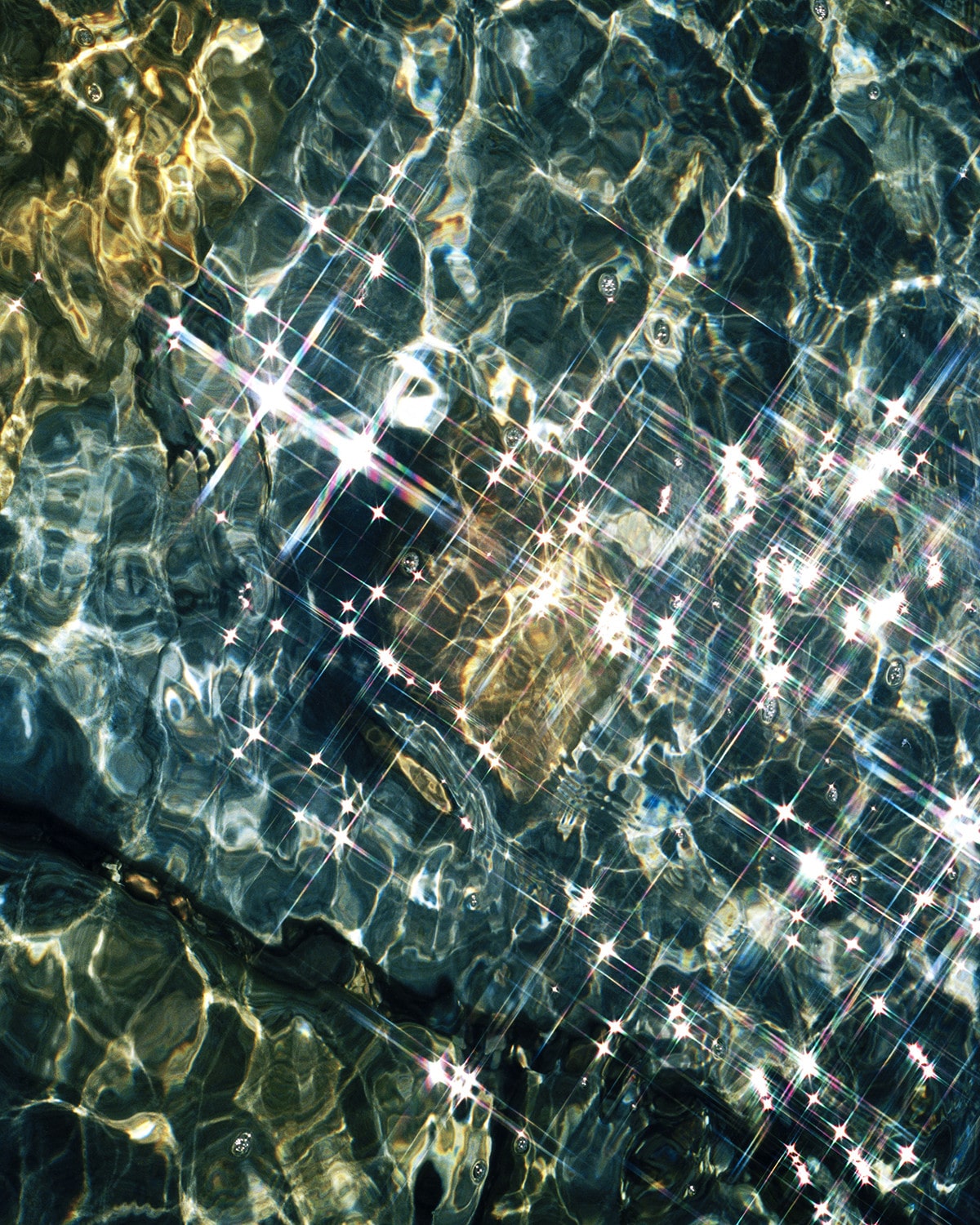
Format: Hi, Mark. Could you tell us a bit about the concept behind We With Images to Give?
Mark Sommerfeld: It’s basically about this eight-day camping trip that was the beginning of the end of a relationship. I don’t normally shoot autobiographically in this way, but there were lots of great photographs.
After the trip I found out that my girlfriend at the time didn’t really enjoy having her photograph taken. That added to the tension that was already there for different reasons. She had mentioned it a little bit, but in like, a shy sweet way, because she knows how much I enjoy it, so she was reluctant to share how much she didn’t enjoy it. I didn’t really think much beyond that, because we’re in all these beautiful places, and I’m using photography as a form of journaling the trip. Looking back, well yeah, pulling out my camera at that specific moment probably interrupted whatever she was experiencing, because she wanted to just enjoy the nature without a camera.
I asked her to be a part of the show and it’s been really enlightening to explore the difference of opinion in how photography should or can be a part of a relationship. Some people see it as a complimentary thing and some people see it as an interruption. I’m grateful for this dialogue that Heather and I have now, because now I’m a little bit more aware of that. When you only hang around with people who like having their photo taken, you don’t really think about it.
How does the autobiographical nature of this project come across in the photos?
The photos were chosen because they were taken either directly before, after, or during an argument or a tense moment. So that’s what makes these specific photos more poignant as it relates to the topic of two people’s different opinions of how time should be shared. Because that’s what it comes down to, is time. I was messing around with my phone more because I had data, and I take more photos with my phone. But it’s hard to say, ‘I’m not using my phone, I’m taking photos.’ It’s tense.
And you described this trip as the end of your relationship?
The relationship didn’t end because of the trip. But events throughout the trip added to some pre-existing differences of opinion. We both feel that’s something most people can relate to—experiencing tension while traveling with friends or loved ones.
We didn’t break up because she didn’t like having her photo taken, but that was a part of the trip that became tense. That’s the part that I wanted to investigate. I make photos a lot, and I make photos even more when I travel. And I realized that I also took photos to avoid conversation sometimes. She pulled back in her way, and my way of pulling back was to take more photos. Which pissed her off even more, probably.
Were you taking more photos of her, or just snapping shots of other stuff?
Both, both. I can think of two specific times. Once we were walking through the woods, and we smoked a little joint. I stopped to make photos of a fallen tree, and she just kept walking, and I was like, ‘I’ll catch up.’ Maybe that pissed her off because she wanted to have a walk together. Another time at the end of the walk there was this beautiful beach, and it was September at Lake Superior, but the water wasn’t freezing, and we went to jump in the water. And I pulled out my camera. When she just wanted to jump in the water with me, right? So I see her side. Because I’m selfish about the things I want to make photos of, I see my side too. It’s hard when you see something happening that you know will make a good photograph, not to photograph it.
It’s a personal preference, too. For some people taking a photograph enriches the moment, and for other people it takes them out of the moment.
That’s essentially the gist of the show. Everybody has a different relationship with how they’re perceived. It changes day to day, even. I understand that maybe she doesn’t want to be seen as the type of person who likes being photographed. But that’s loaded. How can you know that about somebody?
And the reason she didn’t say anything about this initially is because she knew how much I enjoyed what I was doing. Sometimes she would enjoy it, and sometimes maybe it took her out of the moment. It’s definitely something I’m more aware of now.
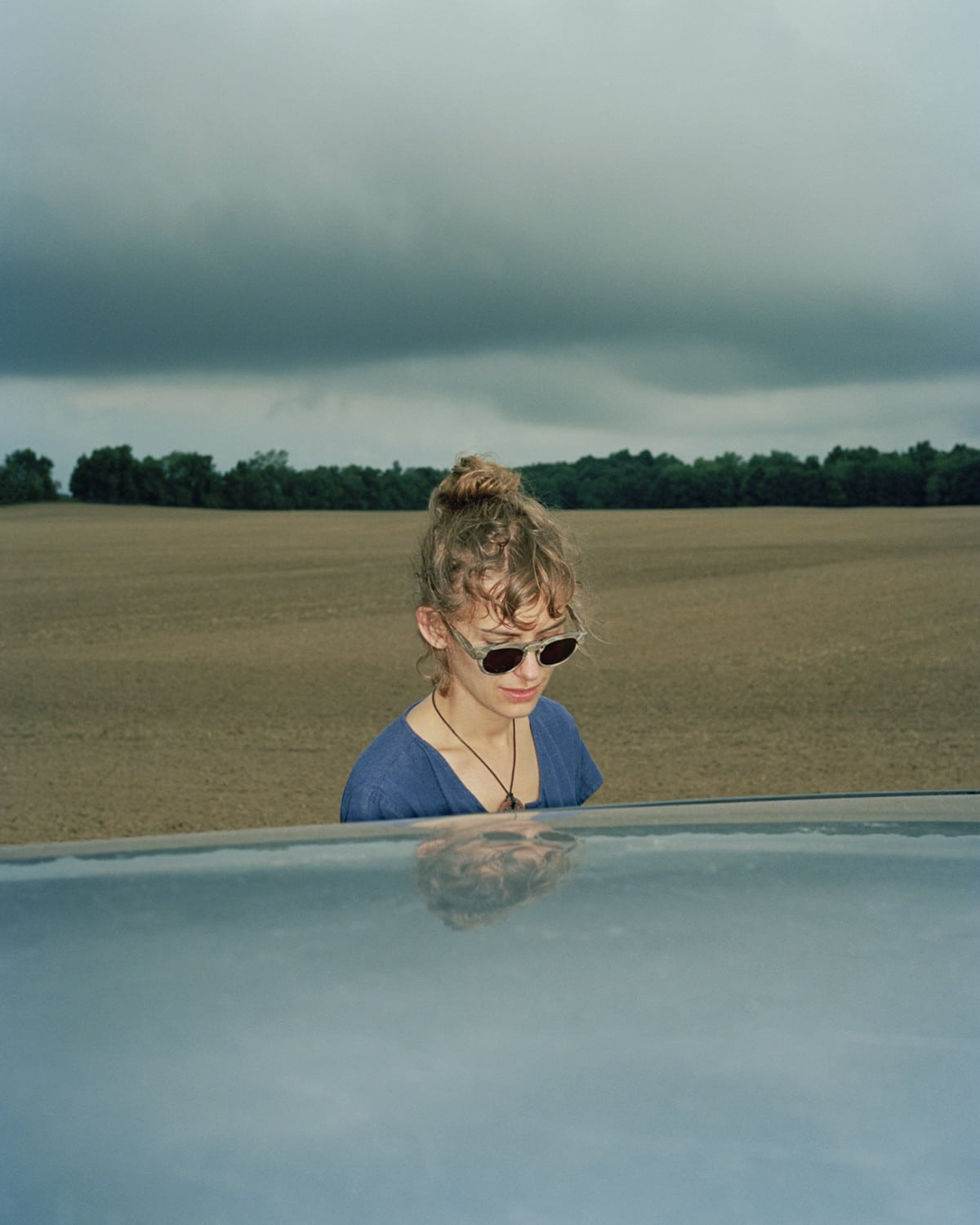
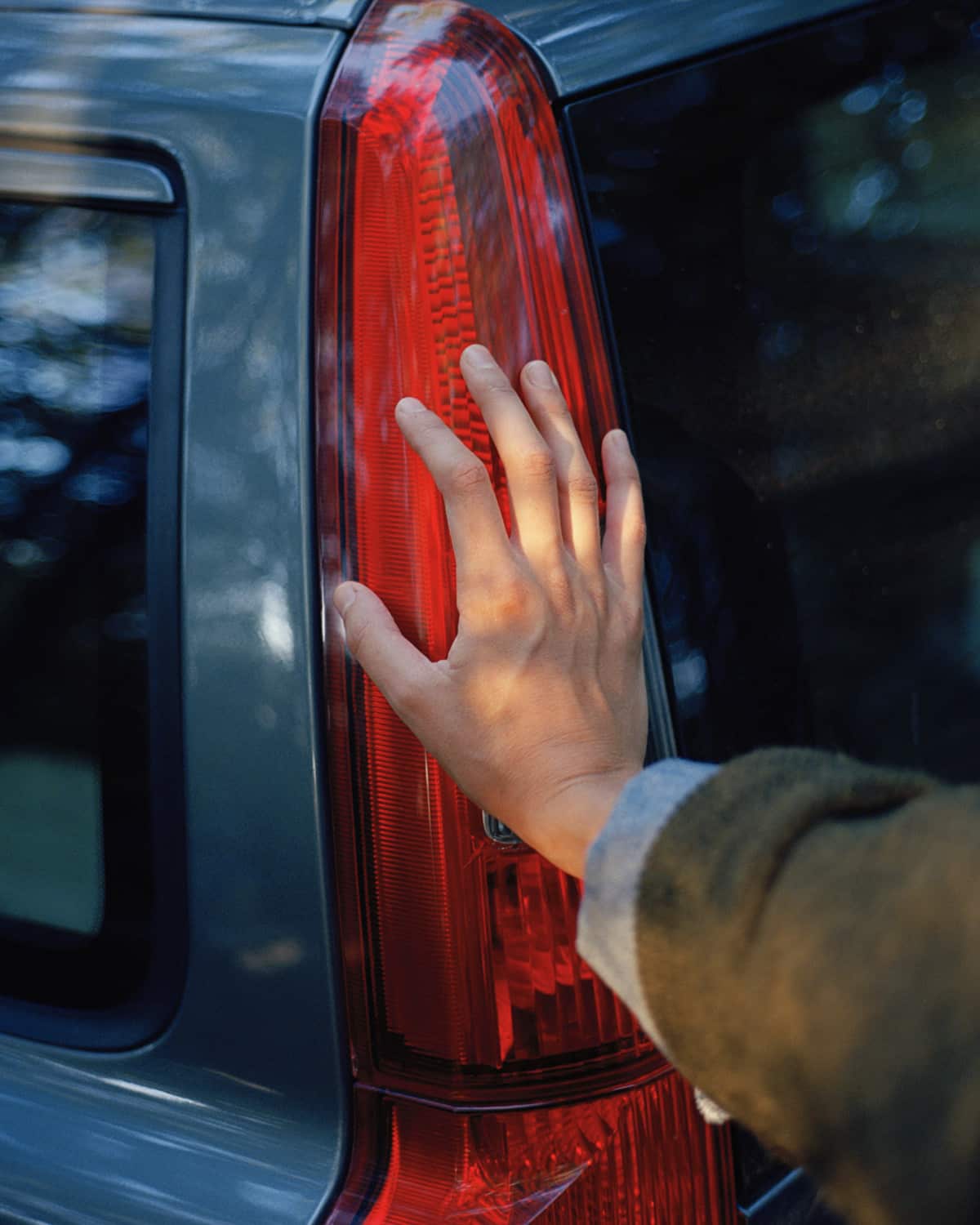
What’s it been like working with Heather for the show?
It’s been great. It’s difficult at times, to dig up stuff. We started by brainstorming phrases and moments when we felt like there was tension throughout the trip. It’s interesting to find out that maybe at a time where you were enjoying yourself with unabashed, just pure joy in the moment, that somebody else was feeling unheard, or ignored. That shit’s really hard. But I’m excited that she was interested in doing it, and I think it’s made us closer in some ways. It feels like an adult thing. We’re investigating an issue that a lot of people can relate to.
Let’s talk more about your photography in general. You shoot on iPhone a lot, but you also tend to shoot a lot of film photos as opposed to DSLR shots—do you prefer film to digital?
I prefer the way it looks. And the experience, I think it’s more fun for everybody involved. It slows everybody down. There’s not as much reviewing involved—you can’t even ask to review it. So it creates a little bit more of an intimate experience.
I do think digital’s great also. Still, with film the person you’re shooting knows they can’t ask to see it, so they just forget about it. They’ll never see the blinks or the weird faces. The Hasselblad’s nice for that with the waist level finder, because there’s nothing in front of your face. You may not be looking at them, but they can see your face. There’s nothing hidden. With the camera on your face, it blocks your mouth, and you’re just this blob with a camera.
Do you find it’s easier to capture people’s moods shooting with an iPhone?
It’s so different. Totally. It’s less intimidating and it’s faster and you can get at weird angles a lot easier, because it’s this little light tiny lens. I think some of my favorite photos in the last two years wouldn’t have been taken if they weren’t taken on my iPhone. Because in the time it would have taken to set up a different camera the moment’s gone.
Shooting film is also such a challenge because sometimes you get back a whole roll and you just don’t like how it looks. How have you honed that skill, of getting a spontaneous portrait shot on film?
Over the years, I’ve gotten back so many rolls of film and I haven’t liked a single photograph. It’s the most disappointing thing, because it’s so exciting when you get a roll back and you love it! I guess you have to just shoot a lot. If you don’t like the composition or the shapes in the photos, or where the person is relative to the focal point of the frame, that kind of thing, you just keep shooting. That’s how I learned, probably overshooting.
I think you just need to shoot anything and everything in your life. Eventually you figure out what’s interesting to you, and begin to develop a way of seeing the world. Everybody sees it differently.
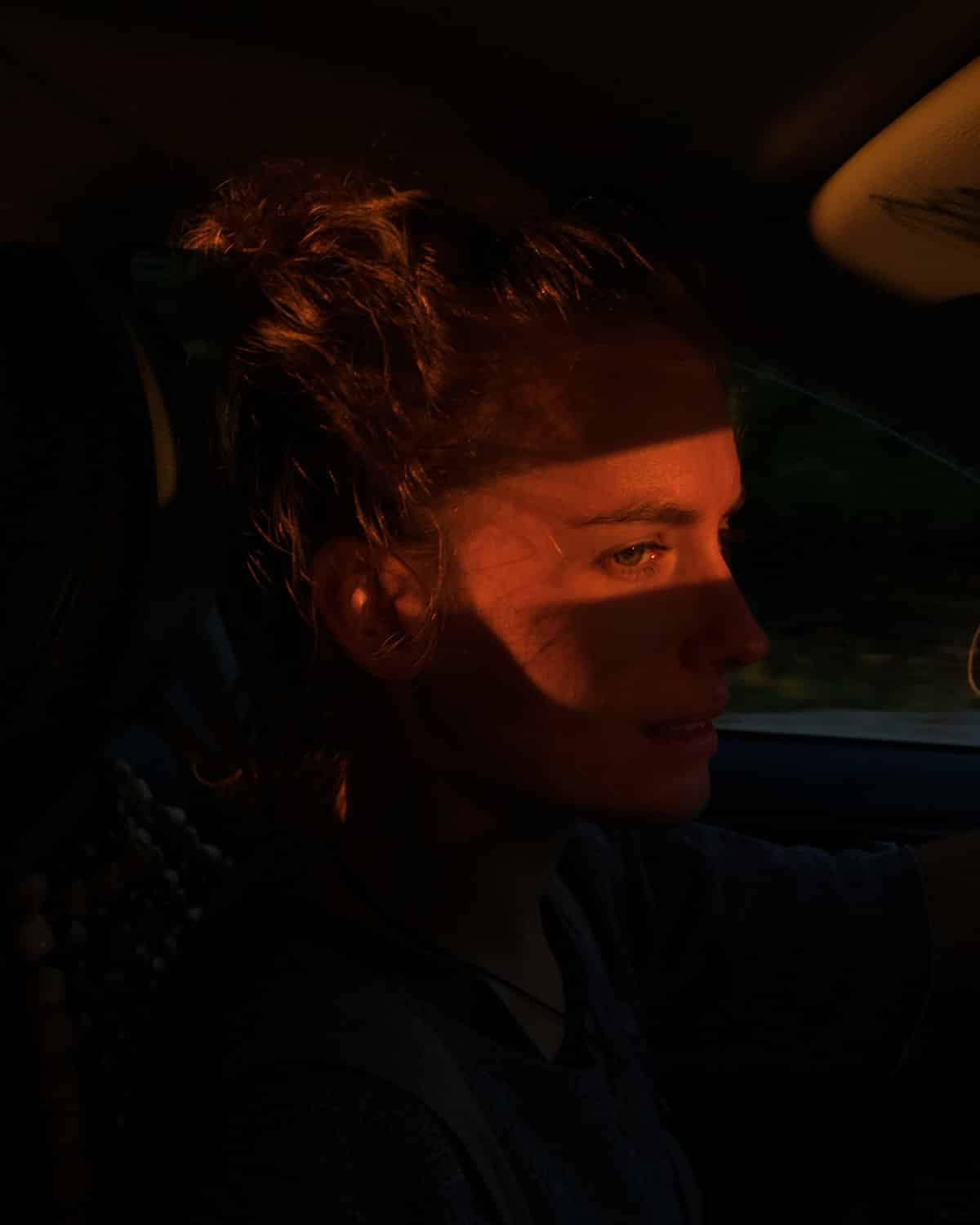
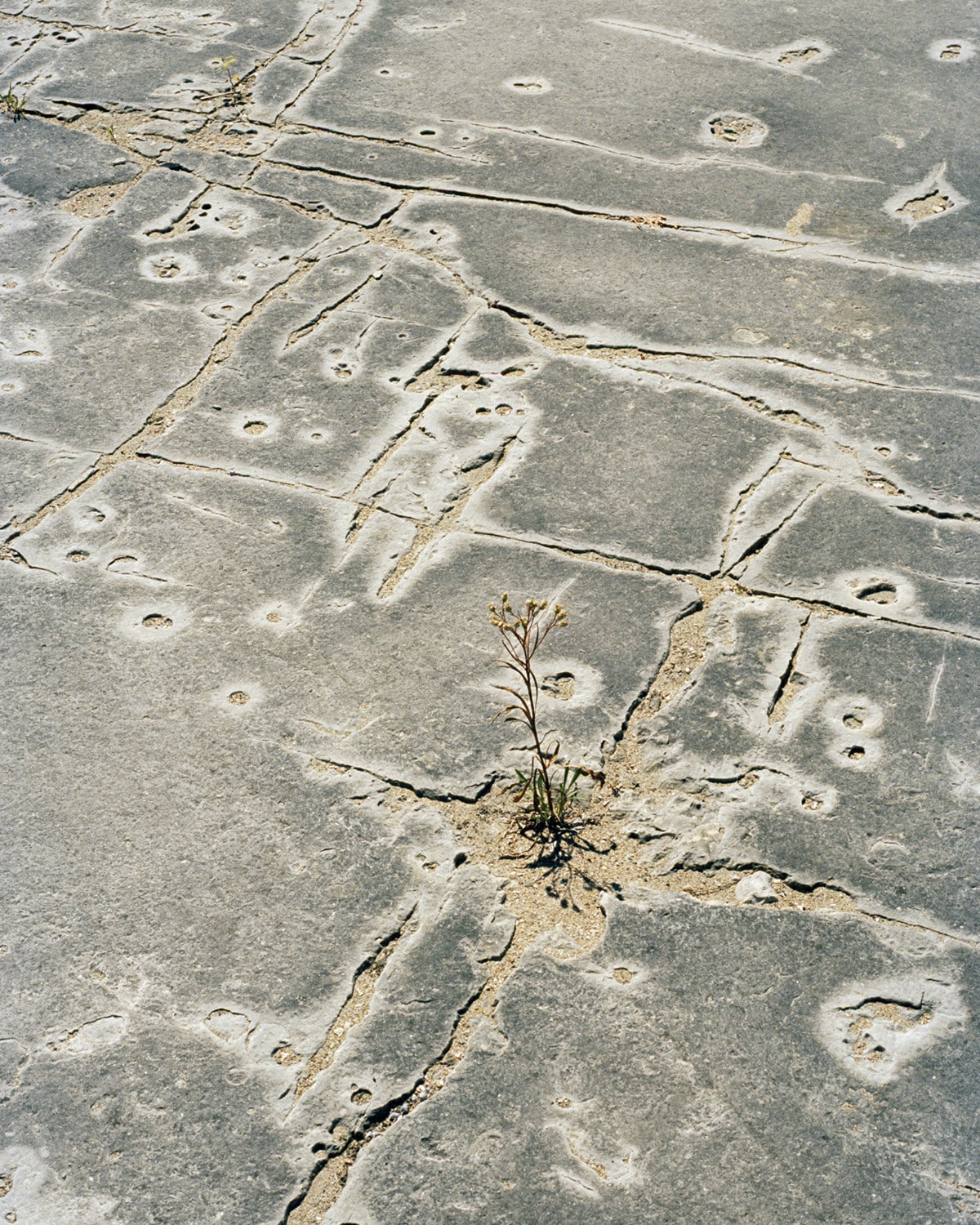
We With Images To Give will be on display at the Gladstone Hotel in Toronto from May 1 to 31, 2017, as part of the Scotiabank Contact Photography Festival.
Find more of Mark Sommerfeld’s work at his portfolio, built using Format.
